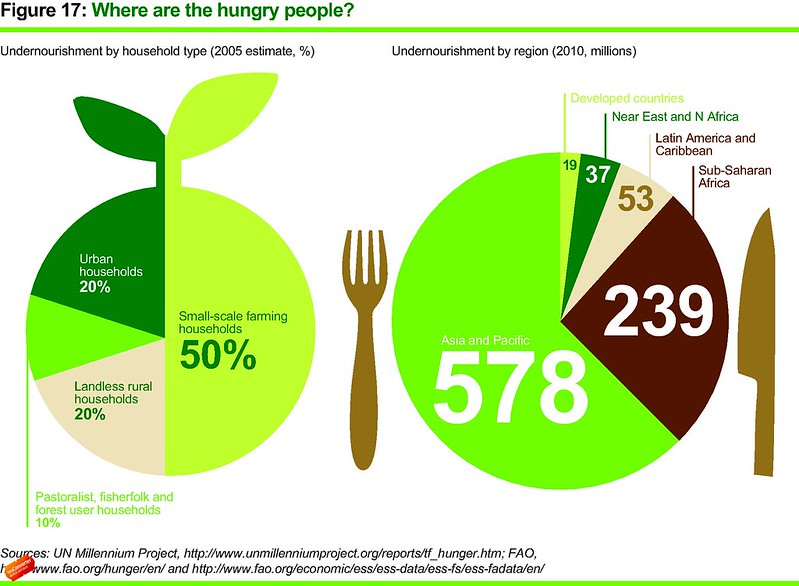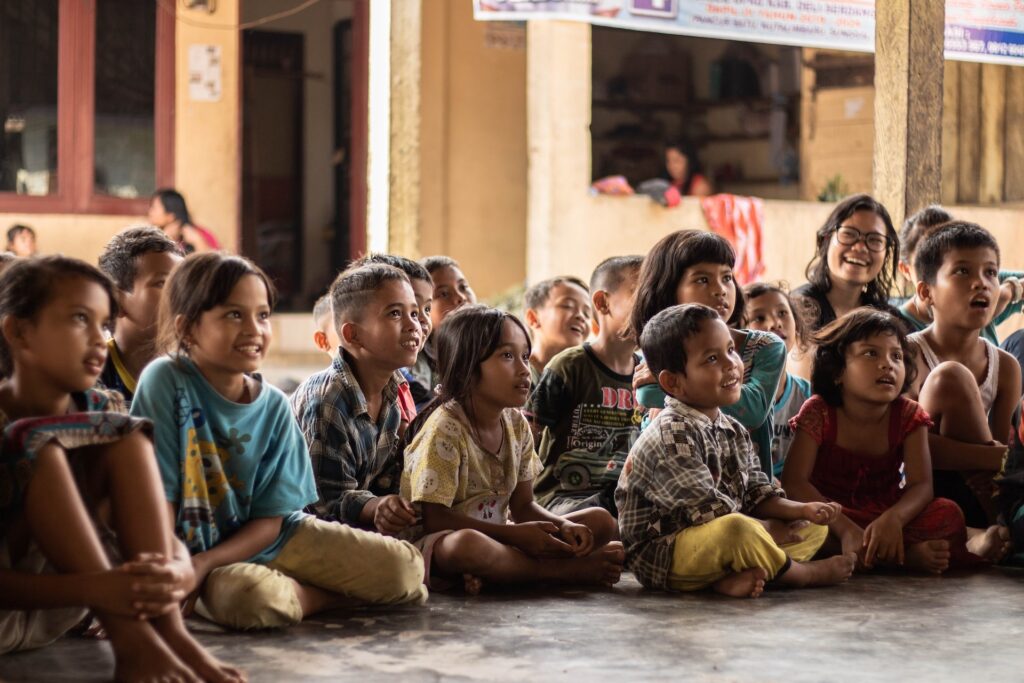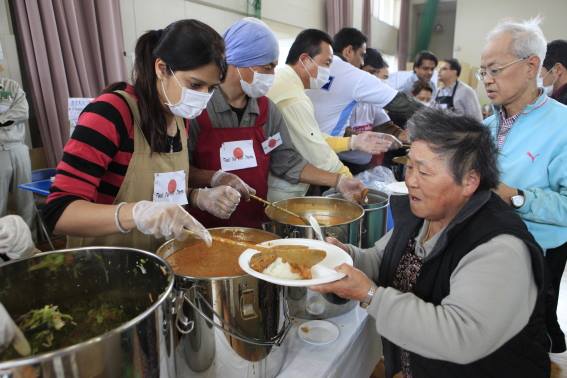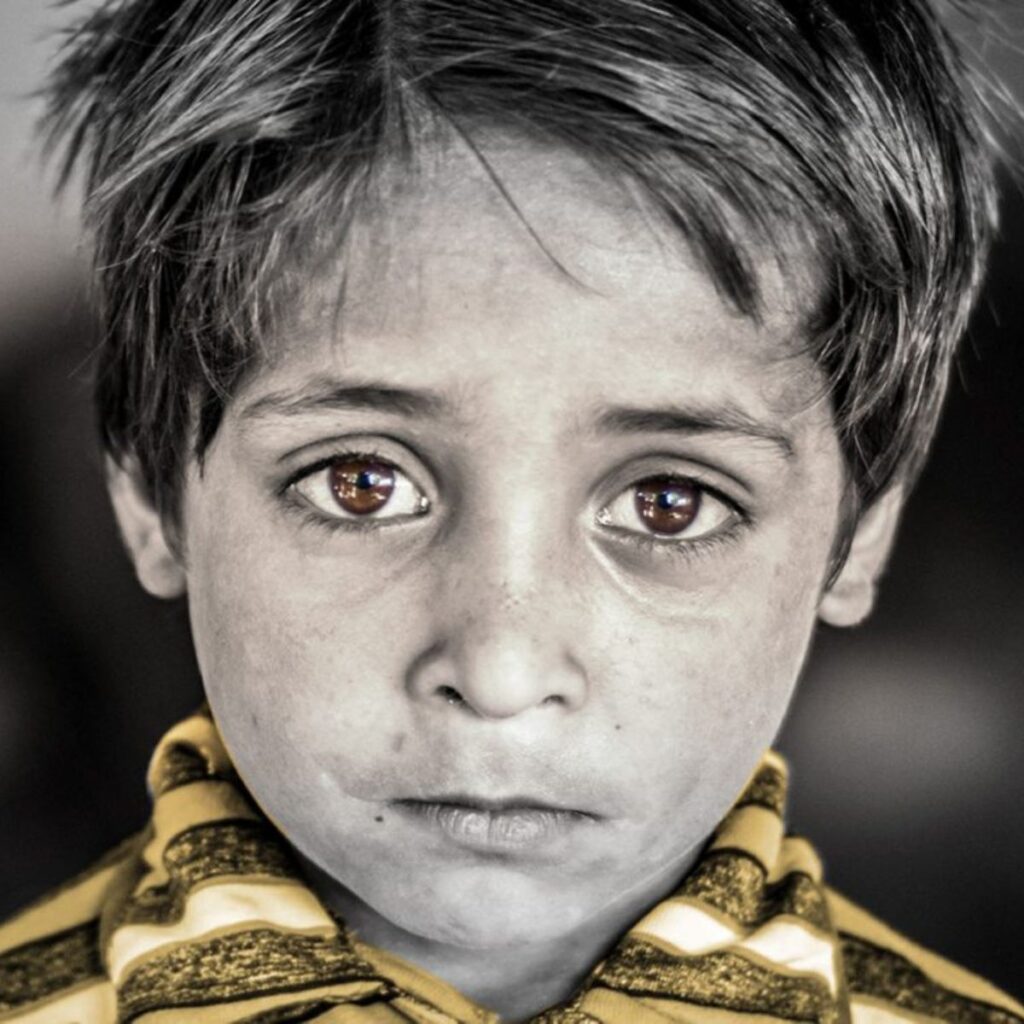In Asian countries, the issue of hunger remains a troubling and frustrating problem for both the developed and the less developed countries. As the population grows, so does the need for food.
The United Nations declared that hunger is a global public health problem. More than half of all Asian children are malnourished and undersized because they don’t have enough healthy food to eat. The problem is so severe that many children may die before their fifth birthday.
The World Food Programme estimates that 828 million people worldwide are hungry and that 98% reside in emerging economies in Asia, Africa, Latin America, the Pacific, and the Caribbean.
With over 4.5 billion people, Asia is the most populous continent. Sadly, a significant portion of that population experiences hunger.
How Widespread is Hunger in Asia?
Given that Asia is home to more than 4.7 billion people or nearly 60% of the worldwide population, it is not unexpected that Asia also has the highest proportion of hungry people.
The Food and Agriculture Organization disclosed that in 2021:
In 2021, 26 million more people suffered from severe food insecurity. And the figures keep increasing.
Over 425 million people in Asia were underweight. Additionally, over 50% of the 768 million individuals who were nutrient deficient worldwide in 2021—or around 9% of Asians—were in this continent.
Following the pandemic’s start, 58 million more people in Asia went hungry in 2020.

What Asian Countries Battle Most with Food Security
The WHO and World Bank enlist South Asia, China, and South East Asia as the most starving. These three countries have the most undernourished people.
South Asia has approximately 281.4 million undernourished people (or 15.7 percent of the population).
China has 133.8 million (9.3 percent of the population) malnourished people.
Southeast Asia has 27.8 million (9.8 percent of the population) malnourished people.
How Many Asians Face Severe Food Insecurity?
Asia is a continent with an estimated 4.5 billion people, and many of the world’s wealthiest nations can be found there. But many live below the poverty line. One way that this manifests itself is through food insecurity.
Make an Impact
The following are further details about the food crisis in Asia as reported by the FAO:
More than 10% of inhabitants in the Asia-Pacific area fall into the moderate – to – severe food insecurity bracket, which affects nearly 25% of the population.
Most of Asia’s starving people reside in the South Asian nations of Afghanistan, Bangladesh, India, and Pakistan, where 21% of the inhabitants, or over 41% of the total, experienced acute food insecurity in 2021.
Around 1.9 billion Asians (around 44% of the population) didn’t have access to a nutritious food in 2020, a rise of 78 million from the previous year.
How Many Children Face Hunger in Asia?

Over the last two decades, Asia has seen a dramatic increase in its population, and many children live in poverty.
While Africa is typically portrayed as the home of starvation, Asia still has a more significant number of starving people and underfed children due to the region’s higher population density.
Asia is home to 64% of all hungry children worldwide.
519.6 million children and adults in Asia, or around 12% of the continent’s population, suffer from hunger and nutrient deficiencies.
Asia was home to over 50% of the globe’s under-5 stunted children in 2017.
And over 2/3 of all wasting children younger than 5 years lived in Asia in 2017.
With a score of 30.9 on the Global Hunger Index (GHI), Asia has the worst proportions of hunger.
What Are the Reasons Behind Asia’s Food Crisis?
Food security is a significant issue in Asia. The FAO (Food and Agriculture Organization of the United Nations) has warned that millions of people living in Asia are at risk due to the region’s rapidly growing population.
We know Asia’s food shortages have been happening for quite some time. But what are the reasons behind this crisis?
Increased Inflation
Inflation affects all of us in the world. Still, it has most severely hurt the poor and disadvantaged, who are now unable to afford an adequate quantity of nutrient-rich food. The cost of food has been higher in Asia among all geographical areas.
Excessive Weather
A frightening number of lives and jobs are being lost due to growing weather-related catastrophic events. The Philippines and Indonesia are island nations in Southeast Asia particularly susceptible to earthquakes and typhoon devastation.
Conflict/Insecurity
From 2019 to 2021, the proportion of people in nations with conflict or unrest who are severely food insecure rose by 88%. Myanmar, Thailand, Bangladesh, and Sri Lanka are four Asian nations affected by violence or insecurity. The charity works with local organizations in these four nations to support children and families in desperate need.
As harvests and cattle are looted or destroyed during such warfare, local produce supplies are lost. Rural families are dispersed, and their jobs are disrupted as a result.
COVID-19 Pandemic
According to UNICEF, Millions of people in the Asia-pacific region have suffered a greater deal of hunger since the COVID-19 pandemic.
The pandemic and the mandatory lockdowns made it impossible for Asians who were already fighting to live to find employment. They could not leave their homes to work, even for a pitiful wage. Families were compelled to forgo life’s most essential needs, such as food since they lacked reserves and other backup means.
Ukraine’s War
Due to the conflict in Ukraine, several low-income nations are now experiencing severe shortages of wheat, fuel, and fertilizer.

How Does Hunger Affect Child Development?
Poverty and malnutrition impact a child’s physical and cognitive development, and this impact begins well before the child’s birth.
Formative difficulties in the fetus can result from a pregnant mother’s undernutrition. Because of how common famine is throughout Asia, anemic conditions and iron deficiency in pregnant women have been recognized as major public issues.
Preterm birth, prematurity, and/or issues with child development can all be brought on by the expecting mother’s iron deficiency.
Prolonged undernutrition after birth can cause wasting (poor weight for height), stunting, trouble establishing social skills, increased vulnerability to sickness, sluggish brain function, and other problems.
Hunger has a significant negative impact on children, affecting their conduct and their capacity to learn and grow throughout their lives.
Stunting
The biological mechanism causes stunting when kids don’t develop to their full potential. It is acknowledged as one of the most significant barriers to child development. It has lengthy effects on one’s physical and mental well-being.
The causes of stunting are frequent infections and persistent malnutrition within the first 2 years of life.
Worldwide, there are 150.8 million children who are stunted.
Asia is home to 83.6 million, or 55%, of the world’s stunted children.
The majority of the globe’s stunted youngsters live in India. In India, 46.8 million children, or 38 percent of all children, are thought to be stunted. This represents roughly one-third of all stunted children worldwide.
On the bright side, since 1992, India’s rates of child stunting have dropped by 23.5%.
Wasting
Wasting, described as having a low weight-to-height ratio, can be brought on by hunger or other extreme dietary shortages. Children that are wasted commonly occur quite frail and lack the vigor to play and romp.
Weakening and stunting are closely related to other health indices. A child’s developmental path is influenced by a healthy diet and nutritious foods. An unhealthy youngster won’t have the same energy as a healthy child.
Since a significant portion of the child’s biological energy will be spent fending against disease, they won’t be capable of absorbing enough nutrients from the foods they do eat.
Asia was home to over 2/3 of the world’s wasted children under five in 2017. 35 million kids roughly are represented by this.
At 26%, India indicates a significant frequency of wasting in Asia and the globe.
Similarly, an underweight child will be considerably more prone to illness, especially if deficient in micronutrients.
South Asia is seen as having a significant public health concern when it comes to wastage. In the world, Southern Asia is home to the most significant number of all wasted children.

“IF YOU CAN’T FEED A HUNDRED PEOPLE, THEN FEED JUST ONE.” –MOTHER TERESA
Frequently Asked Questions
Yemen has the highest rate of malnutrition and hunger, with a rating of 45.1, based on the Global Hunger Index 2022. With a rating of 44, the Central African Republic came in second.
Three factors—undernourishment, child underweight, and child mortality—are combined to create the World Hunger Index.
Asia, like the rest of the globe, is plagued by poverty and inequality, which are the leading causes of hunger and other malnutrition-related disorders.
According to UNICEF, a minimum of 40 million children in the 15 nations suffer from severe nutrition insecurity. This means they do not consume a minimally adequate variety of food for early childhood growth and development.
Additionally, 21 million children are at significant risk for severe wasting because they cannot access sufficient food to meet their basic nutritional requirements.
Asia is experiencing a startling increase in hunger. Early indicators of persistent malnourishment in the region include extreme weather events, instability, and insecurity.
We hope to feed starving children and mothers throughout Asia with your help. These are some methods that you may aid in ending hunger in Asia.
We can eradicate poverty in Asia with your monetary support and ours. Donate right away to help Asian families and children who are starving.
There are additional ways to support efforts to combat hunger in Asia. You could associate with a team of volunteers with similar goals who are devoted to raising people’s standard of living.





